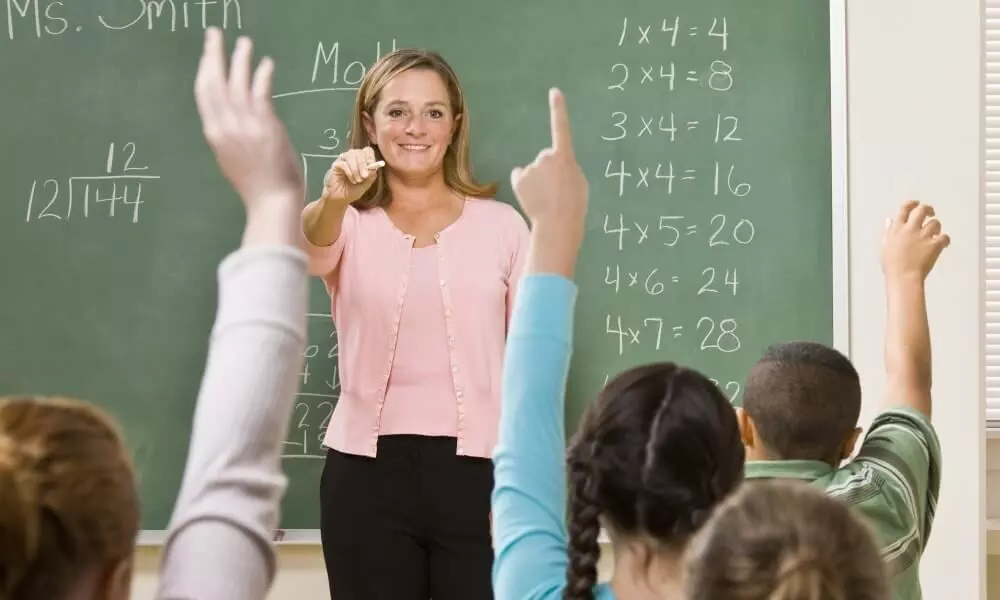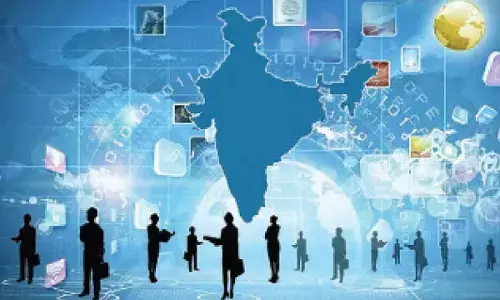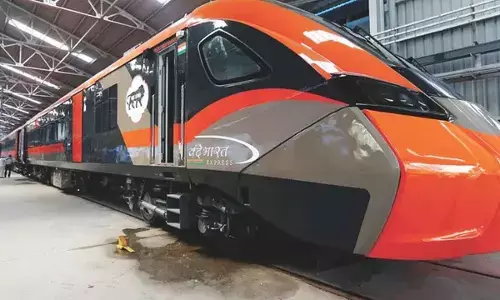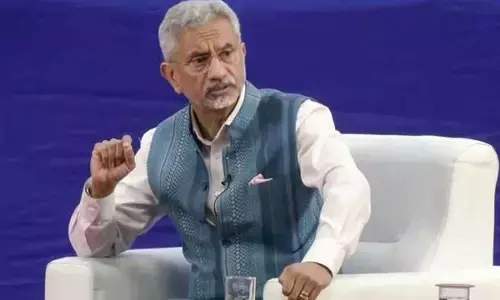Reimagining learning of students in the Post-pandemic

Reimagining learning of students in the Post-pandemic
Students and teachers have got used to online teaching, it might be a strange experience for many to return to classroom teaching.
India holds an important place in global education with more than 230 enrollments in 1.4 million schools, but the Covid-19 pandemic caused all institutions to shut down from March 2020. Since then, students have been attending classes sitting inside the four walls of their homes. The current situation has brought dangerous times for the public education system, with risks of fragmentation and unraveling as we stand to lose both teachers and students who may not return to schools once they reopen.
The transition for some students was fairly easy as they had quick access to resources like mobile and laptops with good internet, but students from the remote parts of India are still suffering because of a lack of connectivity. Young minds eager to learn were left helplessly stranded. Some teachers were considerate of the situation while others were not. It was extremely disheartening to see that a few of these students were facing mental problems.
As per the study of The Annual Status of Education Report (ASER), 65.4 percent of teachers shared that school children are unable to catch up the learning through online mode, which is also a warning us to address this critical issue with urgency, otherwise it will affect the learning outcome of students at scale. Another side, former RBI Governor Raghuram Rajan is also warned that governments need to bring back children to school as soon as possible, "otherwise, we have a lost generation of kids". "We knew that poorer kids do not have access to online devices. Still, if they would be out of school for 1.5 years, then definitely they'll be "three years behind" when they go back to the schools.
There were some instances when the schools reopened in some states of India. But because of rising cases, they shut down again and schools had to revert to the online mode of teaching. Students missed out on their practical experience of learning. After a deadly third wave of the pandemic, some states have yet again put out notices for the reopening of schools. It is unusual, to imagine the process of studying happening in schools again. Numerous students and teachers alike, have got used to online teaching as one can sit in the comfort of their homes. It might be a strange experience for many to return to classroom teaching.
On the positive side, we can imagine students participating in activities like sports and athletics. It is nearly unnatural for kids and teenagers who are bursting with energy to stay locked up in their houses at all times. Social ventures like friendships and hanging out can be a possibility again.
Offline teaching will be a reality again. Students, especially the ones studying science subjects, will be able to hold test tubes and wear lab coats. We definitely cannot rule out Covid-19. One can imagine social distancing and everyday rapid tests will be a regular part of schools. Schools in New Zealand created the 'bubble system' where students would attend school on alternate days of the week. We would be able to see something like this in India as well. In a class that has a high number of students. Half of the class would be going to school on certain days and the other half on the remaining days. But for this arrangement to become a reality, we would need intense teachers training. As already implemented in some institutions, a mixture of simultaneous online and offline teaching will be observed. This system would reduce the burden on teachers and they would also be able to concentrate on the needs of individual students.
We can also imagine Covid-19 to be a part of the teaching curriculum where regular updates and discoveries of new technologies to fight the virus would be taught to students. Hygiene would be of utmost priority. Sanitisers and disposable masks would be available not only at the entrances but in front of every classroom. Washrooms would be cleaned after every use. The school infirmary would be fully equipped to handle stressful situations and a government health system would be available at all times. Certain rooms in the school area would be designated as quarantine centers if an emergency befalls.
All the above measures require the assistance of central and state governments, school authorities, parents, and students. The allocation of funds to the education sector in 2019 was only 3.5 percent. The growing need for digital devices, internet facilities, and health measures would require additional funds. The State and Central governments would have to work together as Education comes under the Concurrent List. A top-to-the-bottom scheme has to be adopted for the distribution of funds. As the Central Government would not possibly be able to collect data for every single school, the Panchayati Raj and Gram sabha would have to get heavily involved.
(The author is founder and CEO of SAFL India Foundation and Research Scholar at the University of Delhi)

















